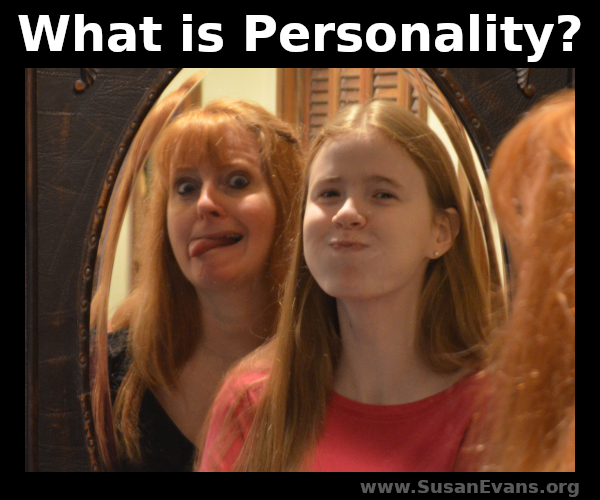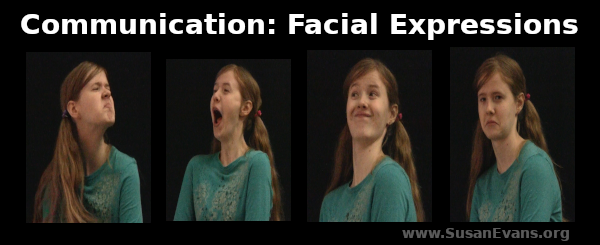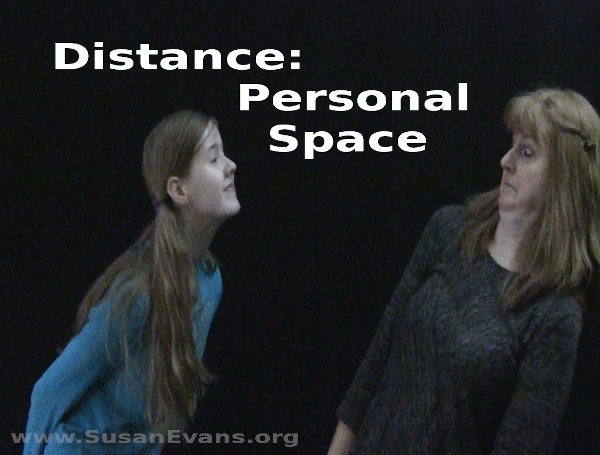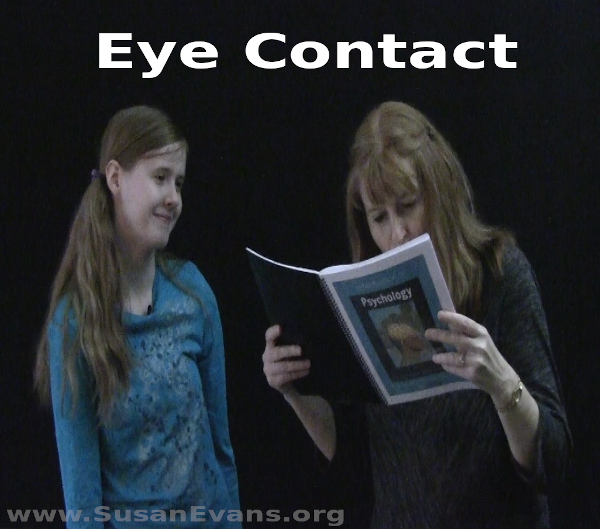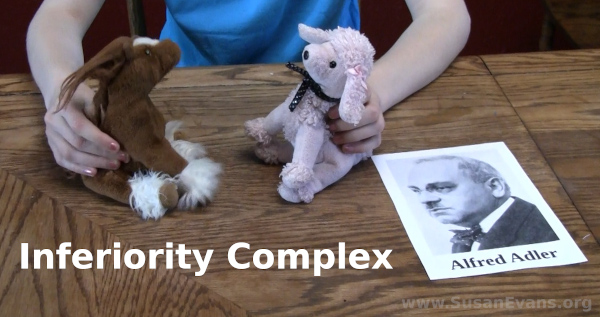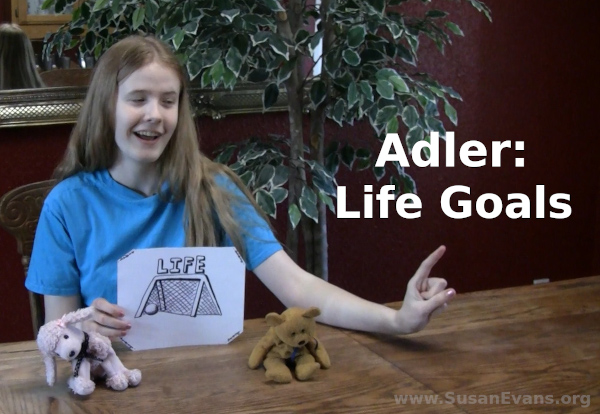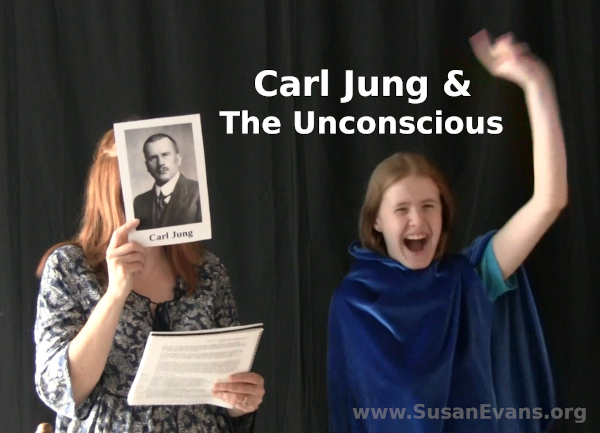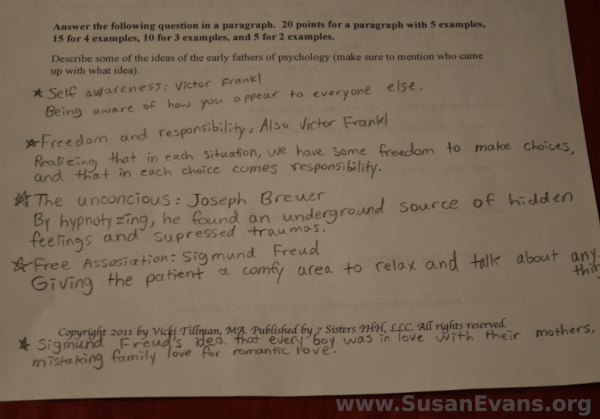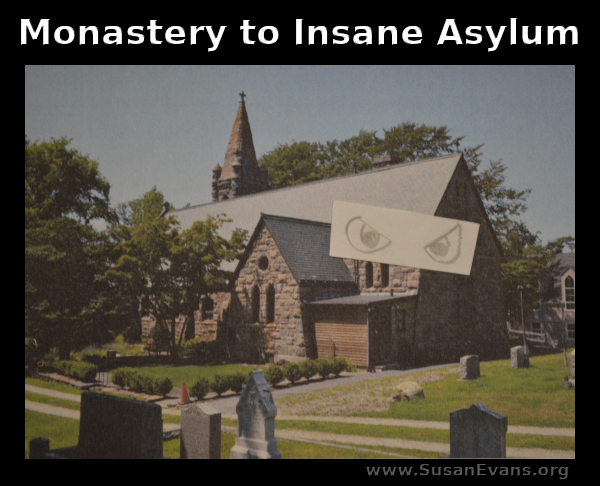What do we know about personality? Your personality is the combination of unique behaviors and attitudes that make you who you are. It’s more than just whether you are introverted or extroverted. Yes, personality is your temperament, but it’s shaped by experiences and interests. In order to feel completely alive as a person, you should ask yourself what your strengths are so that you can become the best person that you were created to be.
Theories of Personality: Useful or Not?
In this psychology episode, Rachel and I will summarize various theories of personality that we have studied so far, and then we will ask ourselves if those theories are useful. Finally, we will describe various personality traits that make Rachel who she is:
Freud, for example, believed that your personality results from what is in your subconscious. Skinner declared that personality is based on what you learn. Maslow said that personality had everything to do with fulfilling one’s needs.
Let’s see if any of these theories is useful or helpful. In the video Rachel just gave a general yes or no, as to whether these theories help us to understand what makes up our personality. Now I would like to ponder in a deeper way, what we can learn about ourselves through these famous personality theories.
Random thoughts about Freud’s theory of personality
If you subconsciously want the approval of other people, you might act in a way that will cause those people to think positively of you, instead of being yourself. If this is the case, you will probably be miserable because you will be saying yes to everyone to not disappoint them, and you will end up burned out and not living the life God wants you to live. You will be living other people’s lives (and enduring their criticism), not having time or energy to do what God has called you to do.
In this case, maybe you have a subconscious fear of never being loved. Maybe it was shaped through past experiences of being abandoned or hurt by what someone said about you. So now you hide who you truly are, not understanding that revealing your authentic self is what causes people to truly connect with you.
Random thoughts about Skinner’s theory of personality
If personality is based on what you learn, my ability to teach is due not to my inborn capacity to explain things in an understandable way to people. Instead, studying to be a teacher, along with learning through trial and error what works and what doesn’t work in the classroom, has caused me to hone my skill as a teacher. Because hands-on learning worked the best, that’s how I ended up homeschooling my kids, which led to this unit studies website.
The more you learn about something, the more knowledgeable you are about it, and the more passionate you are about the topic. You become better and better at something, which makes you more valuable in helping others with that topic. This is why we should continue learning throughout our lives, and not stop learning when we graduate from school.
Random thoughts about Maslow’s theory of personality
To become fulfilled as a person, you really need to figure out before God why He put you on this earth… what you are good at. What is your contribution to others? What are your interests and strengths? You can take several online personality tests to find out many of these things. My daughter Rachel and I took several personality tests, including a spiritual gifts inventory. All of these are listed in the teacher’s guide of our {affiliate link} psychology course by 7 Sisters Homeschool.
If you don’t want to miss a single episode in our psychology series, sign up for our once-a-month newsletter below.
